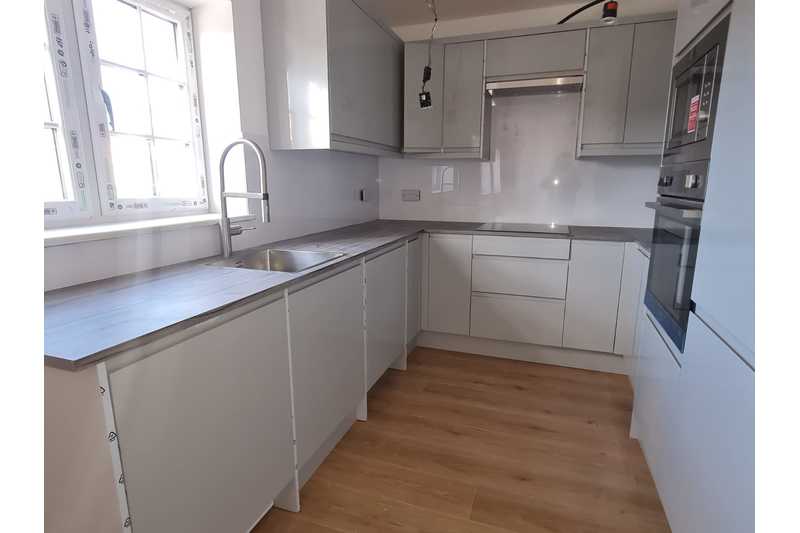Deposit Protection
With more and more legislation which landlords have to adhere to for holding tenants deposits, and the increasing cost burden on tenants to provide a large deposit, there is now an alternative to cash deposits.
Deposit Replacement Insurance benefits both the Landlord and the tenant. It covers the landlord for damage to the property and unpaid rent. And it allows the tenant to move into the property without having to find a large sometimes unaffordable up front sum!
How the Deposit Replacement Insurance Works?
- No need to worry about holding the tenants deposit in a costly national scheme and dealing with disputes!
- Damage (dilapidations) cover for up to 6 weeks rental value
- Covers you if the tenant leaves without paying the last months rent (or a proportion of it)
- Attract a wider range of tenants by not having to ask them to provide a traditional deposit
- Removes the regulatory burden of deposit compliance
Tenancy Deposit Protection: What You Need to Know
When was it introduced?
TDP was introduced on 6 April 2007 to protect a tenancy deposit taken for an Assured Shorthold Tenancy in England and Wales, following its inclusion in the Housing Act 2004.
Initially, deposits needed protecting within 14 calendar days of receipt by the landlord. This was subsequently changed to 30 days on 6 April 2012 as a result of the Localism Bill 2011.
Why was it introduced?
The legislation was introduced because the Government recognised many deposits were being unfairly withheld at the end of a tenancy. Introducing Tenancy Deposit Protection was identified as a way to raise standards in the lettings industry and ensure tenants are treated fairly at the end of the tenancy.
Who does Tenancy Deposit Protection affect?
The legislation covers virtually all new Assured Shorthold Tenancy contracts used by letting agents and landlords to let a property in England and Wales.
The Process:
Deposits for all Assured Shorthold Tenancies in England and Wales are covered by the legislation, and a very specific procedure must be followed.
Within 30 calendar days of receiving the deposit, the landlord must do the following:
1. Place the deposit in a government-backed tenancy deposit protection (TDP) scheme.
There are currently three organisations provide these schemes:
- Tenancy Deposit Scheme (TDS)
- My Deposits
- Deposit Protection Service
2. Provide the tenant with the following information:
- The property address
- The deposit amount
- How the deposit is protected
- The name and contact details of the TDP scheme and its dispute resolution service and their (or the letting agency's) name and contact details
- The name and contact details of any third party that has paid the deposit
- Why they might keep some or all of the deposit
- How to apply to get the deposit back
- What the tenant must do if they can't get hold of the landlord at the end of the tenancy
- What the tenant needs to do if there is a dispute over the deposit
Once the deposit is protected by the scheme, it will not be released until the landlord and tenant have agreed the amount that is to be returned. If the landlord and tenant are in agreement, the landlord must return the deposit to the tenant within ten days of establishing as much




